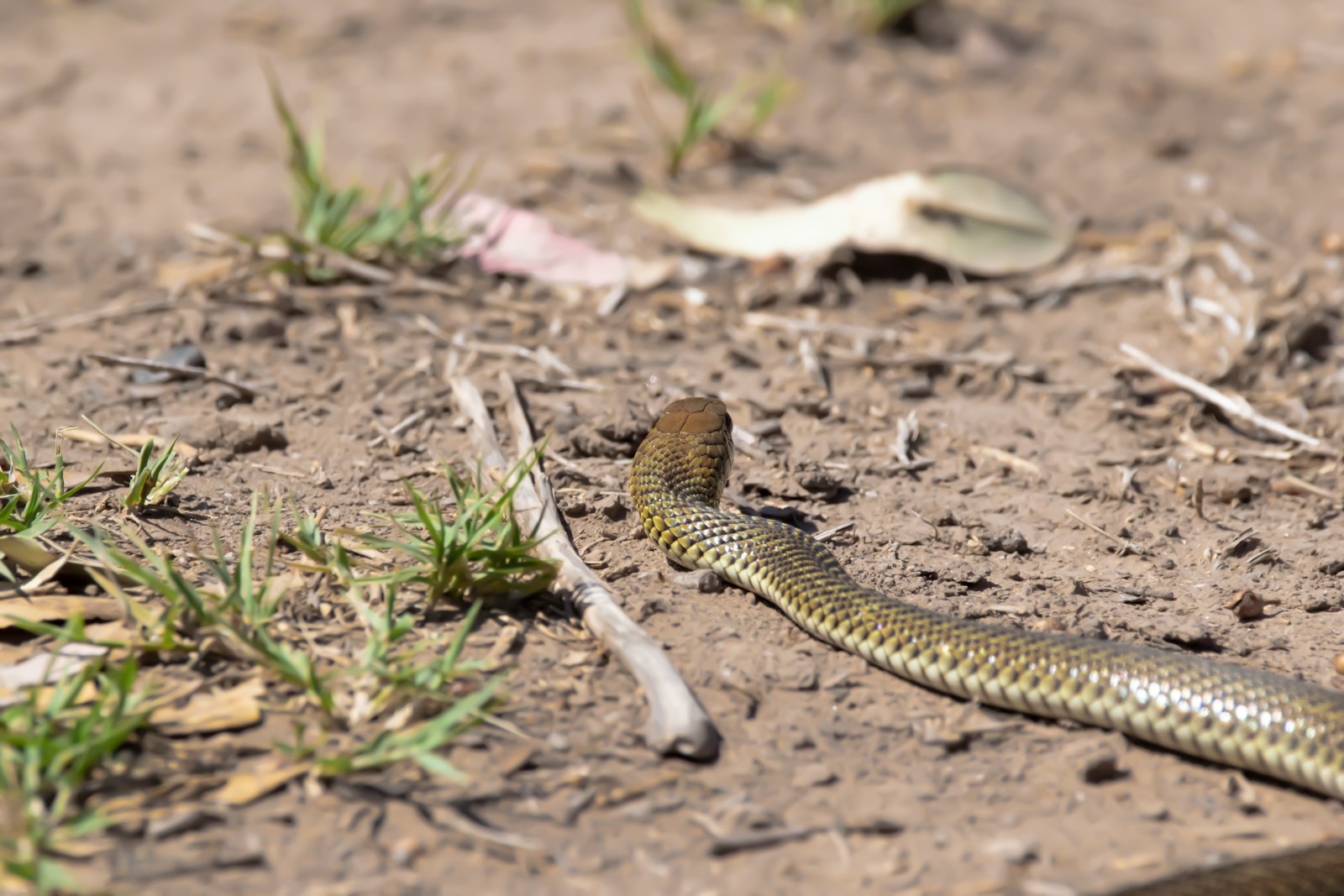The world of snakes is as diverse as it is fascinating, with over 3,000 species exhibiting remarkably varied hunting behaviors. One of the most fundamental distinctions in snake behavior is their activity pattern—whether they hunt during daylight hours or under the cover of darkness. These temporal preferences aren’t random but represent sophisticated evolutionary adaptations that have developed over millions of years. From the sun-basking rattlesnake to the stealthy nocturnal python, the timing of a snake’s hunting activities reveals much about its ecological niche, physical capabilities, and survival strategies. This temporal division has profound implications for everything from a snake’s physiology and sensory systems to its predator-prey relationships and habitat selection.
The Evolutionary Divide: Diurnal vs. Nocturnal Hunting
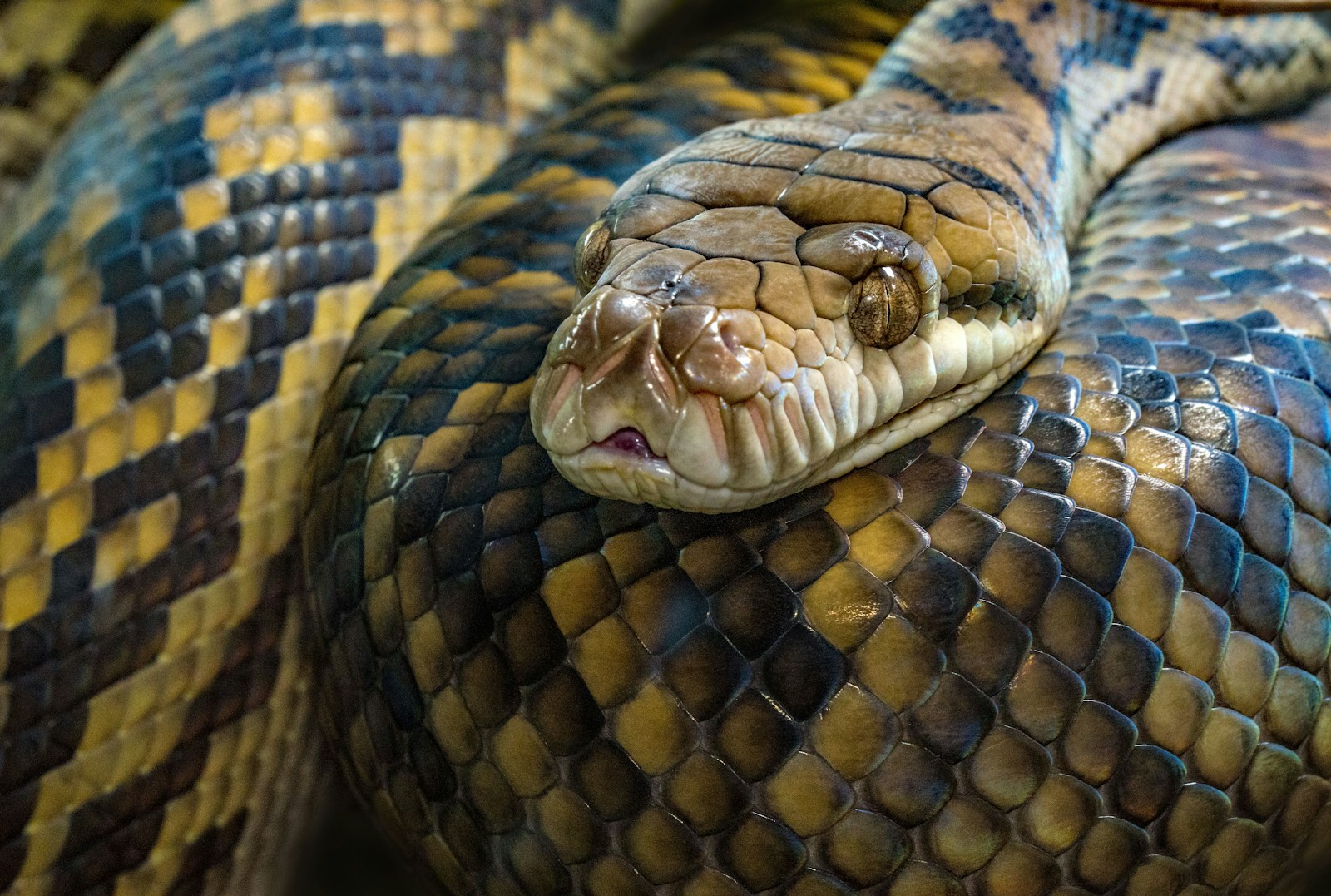
The split between day-hunting (diurnal) and night-hunting (nocturnal) snakes represents one of the most significant evolutionary divergences in snake behavior. This temporal niche partitioning allows different snake species to utilize the same geographical area while minimizing direct competition. Diurnal species, such as many colubrids including racers and garter snakes, evolved to take advantage of daylight hours when their visual hunting methods work best. Nocturnal hunters, like many vipers and boas, developed specialized sensory adaptations that excel in darkness. This evolutionary division isn’t rigid—some species are crepuscular (active at dawn and dusk), while others may shift their activity patterns seasonally or based on local conditions. The remarkable diversity in activity patterns demonstrates the versatility that has helped snakes colonize nearly every terrestrial habitat on Earth.
Visual Adaptations in Daytime Hunters
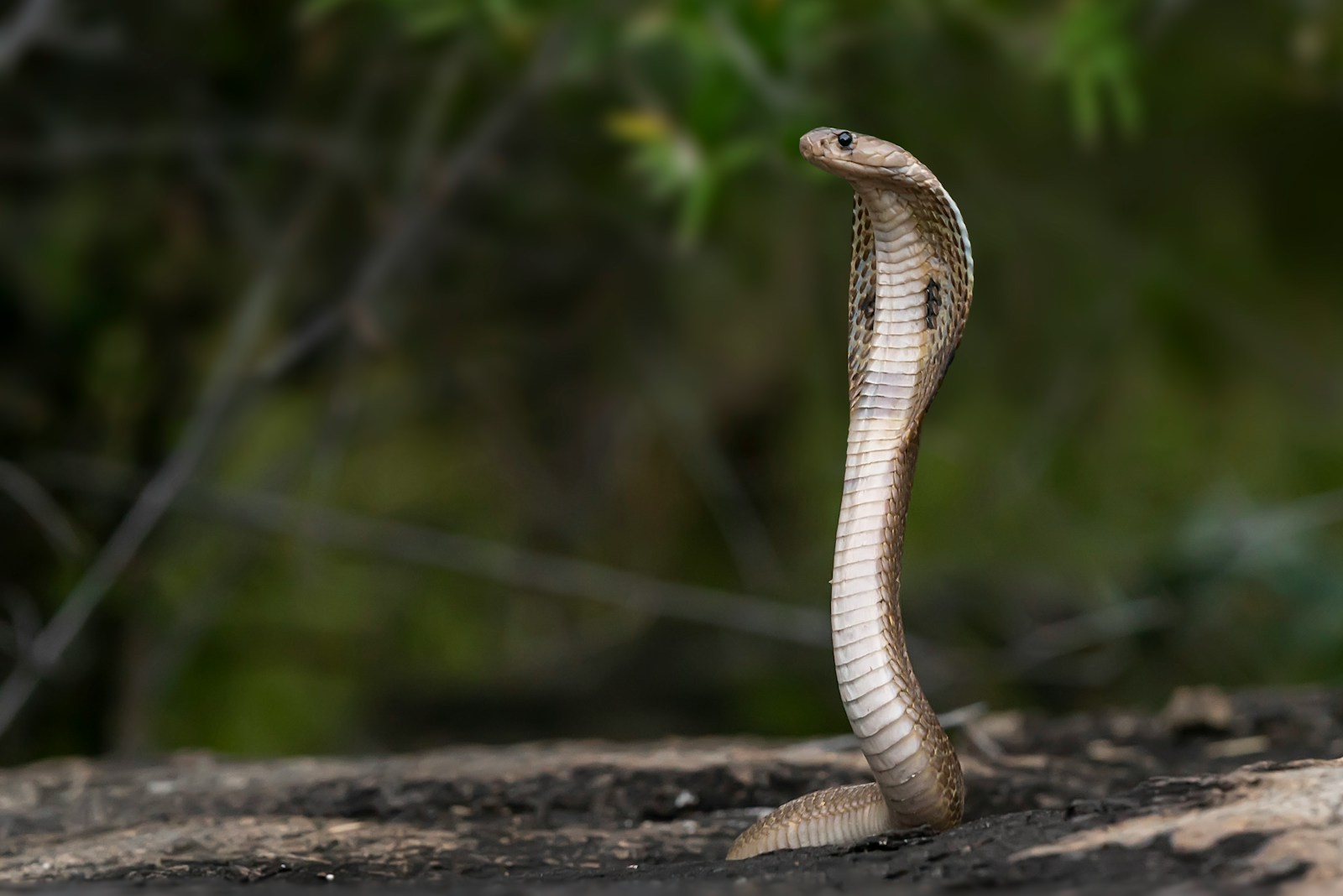
Diurnal snakes possess remarkable visual systems optimized for daytime hunting. Species like the North American gopher snake and many diurnal colubrids have developed excellent color vision with higher density of cone cells in their retinas, allowing them to detect prey movement with remarkable accuracy in bright conditions. Their pupils are typically round rather than the vertical slits seen in many nocturnal species, providing better visual acuity across their field of view during daylight hours. The visual cortex regions of their brains are often more developed compared to their nocturnal counterparts, processing complex visual information quickly to track fast-moving prey like lizards or rodents. These visual adaptations complement their often-vibrant coloration patterns, which can include warning signals to predators or camouflage optimized for daylight conditions.
Specialized Senses for Nocturnal Hunting
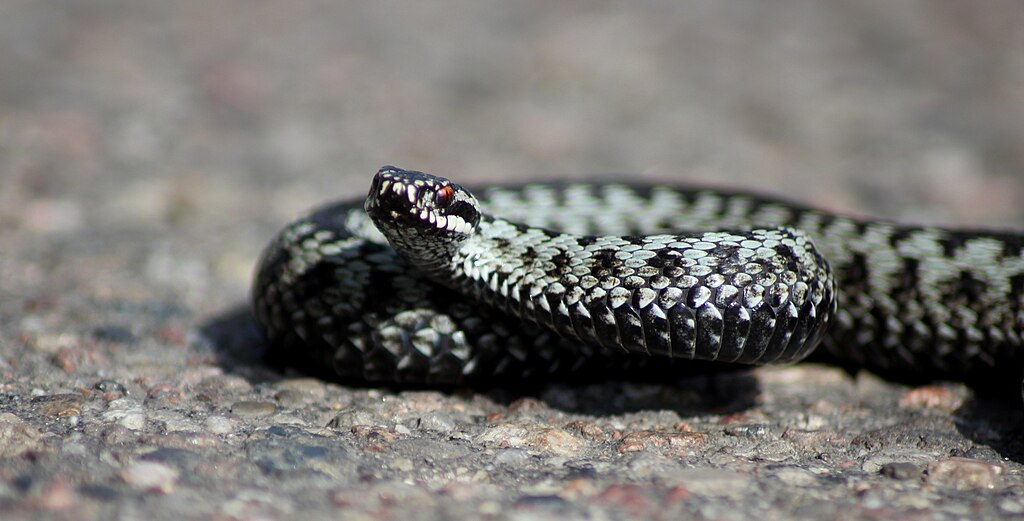
Nocturnal snakes have evolved extraordinary sensory adaptations to overcome the limitations of hunting in darkness. Perhaps most remarkable are the heat-sensing pit organs found in pit vipers, boas, and pythons, which effectively create a thermal image of their surroundings by detecting infrared radiation emitted by warm-blooded prey. This biological “night vision” allows species like rattlesnakes to strike with pinpoint accuracy in complete darkness. Nocturnal species also typically have vertically elliptical pupils that can open wider than round pupils, maximizing light gathering in low-light conditions. Their olfactory systems are frequently enhanced as well, with more developed vomeronasal (Jacobson’s) organs that process chemical signals collected by their constantly flicking tongues. Some nocturnal hunters like the African egg-eating snake have developed extraordinarily sensitive vibration detection capabilities through their jawbones, helping them locate prey without visual cues.
Temperature Regulation and Activity Patterns

A snake’s metabolic needs and thermoregulatory requirements strongly influence when it chooses to hunt. Being ectothermic (cold-blooded), snakes rely on external heat sources to reach optimal body temperatures for activity. Many desert-dwelling species like the sidewinder rattlesnake have become nocturnal specifically to avoid the extreme daytime heat that could lead to fatal overheating. Conversely, snakes in temperate regions often hunt during daylight hours to maintain the body temperature necessary for efficient movement and digestion. Some species demonstrate remarkable flexibility, shifting their hunting patterns seasonally—becoming more diurnal during cooler months and more nocturnal during summer heat. This thermal adaptation strategy is particularly evident in species with wide geographic ranges, where individuals may exhibit different activity patterns based on their specific microhabitat and local climate conditions.
Predator Avoidance Strategies
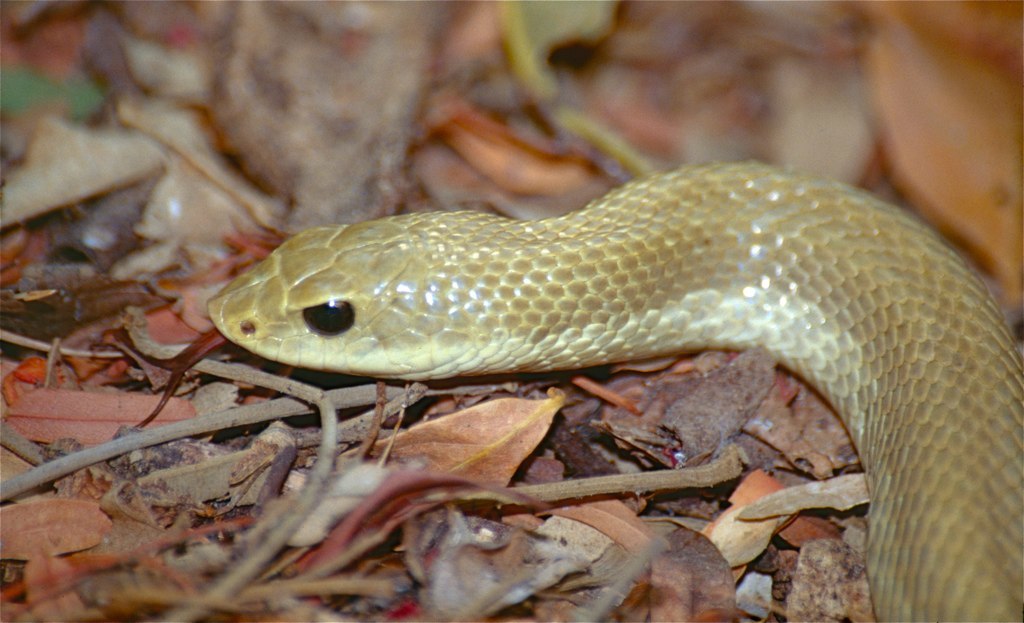
The timing of hunting activities serves as a crucial predator avoidance strategy for many snake species. Smaller, non-venomous snakes often adopt nocturnal habits to reduce encounters with diurnal predators like hawks, eagles, and mongoose that rely primarily on vision to locate prey. The cover of darkness provides these vulnerable species a degree of safety that wouldn’t be available during daylight hours. Conversely, venomous species like many cobras and mambas may hunt during the day, using their defensive capabilities and warning displays to deter potential threats. Some snakes even modify their behavior based on predation pressure—researchers have documented populations becoming increasingly nocturnal in areas with high human activity or development. This behavioral plasticity demonstrates how deeply predator avoidance has shaped the temporal niche selection of snakes throughout their evolutionary history.
Prey Availability and Temporal Hunting Niches
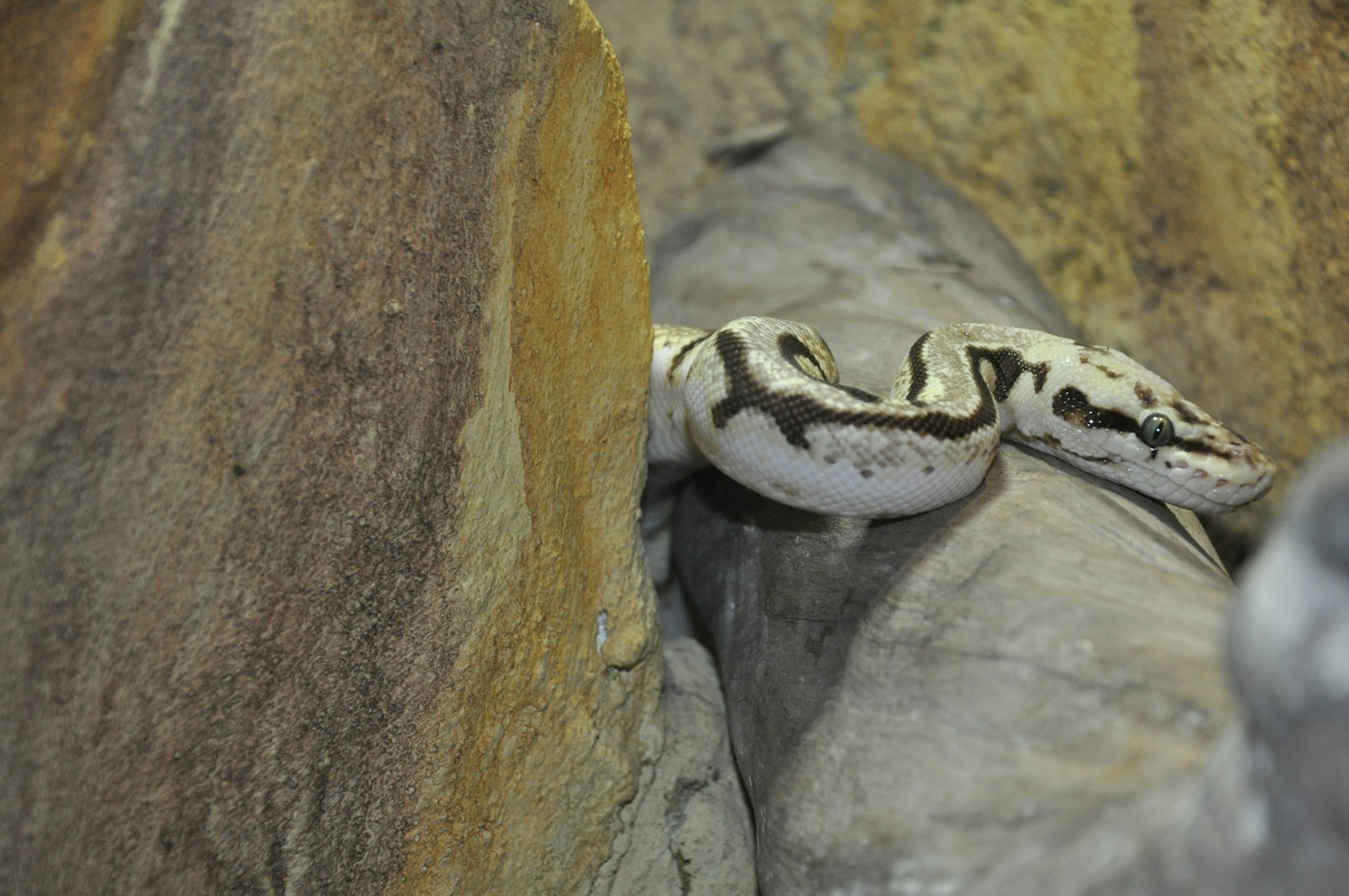
The activity cycles of a snake’s preferred prey species play a decisive role in determining when they hunt. Nocturnal snakes have evolved to target prey that is also active at night, such as many rodent species, nocturnal lizards, and amphibians. The African egg-eating snake (Dasypeltis) emerges under cover of darkness when birds are sleeping and vulnerable, specializing in raiding nests. Diurnal hunters like the coachwhip (Masticophis flagellum) primarily target lizards, birds, and insects that are themselves active during daylight hours. Some remarkable specializations exist, such as the Asian vine snake (Ahaetulla prasina), which has developed a diurnal hunting strategy specifically to capture birds during their active daytime periods. This temporal alignment between predator and prey activity patterns represents a fundamental ecological relationship that has shaped snake evolution and continues to influence their behavior.
The Competitive Advantage of Temporal Specialization
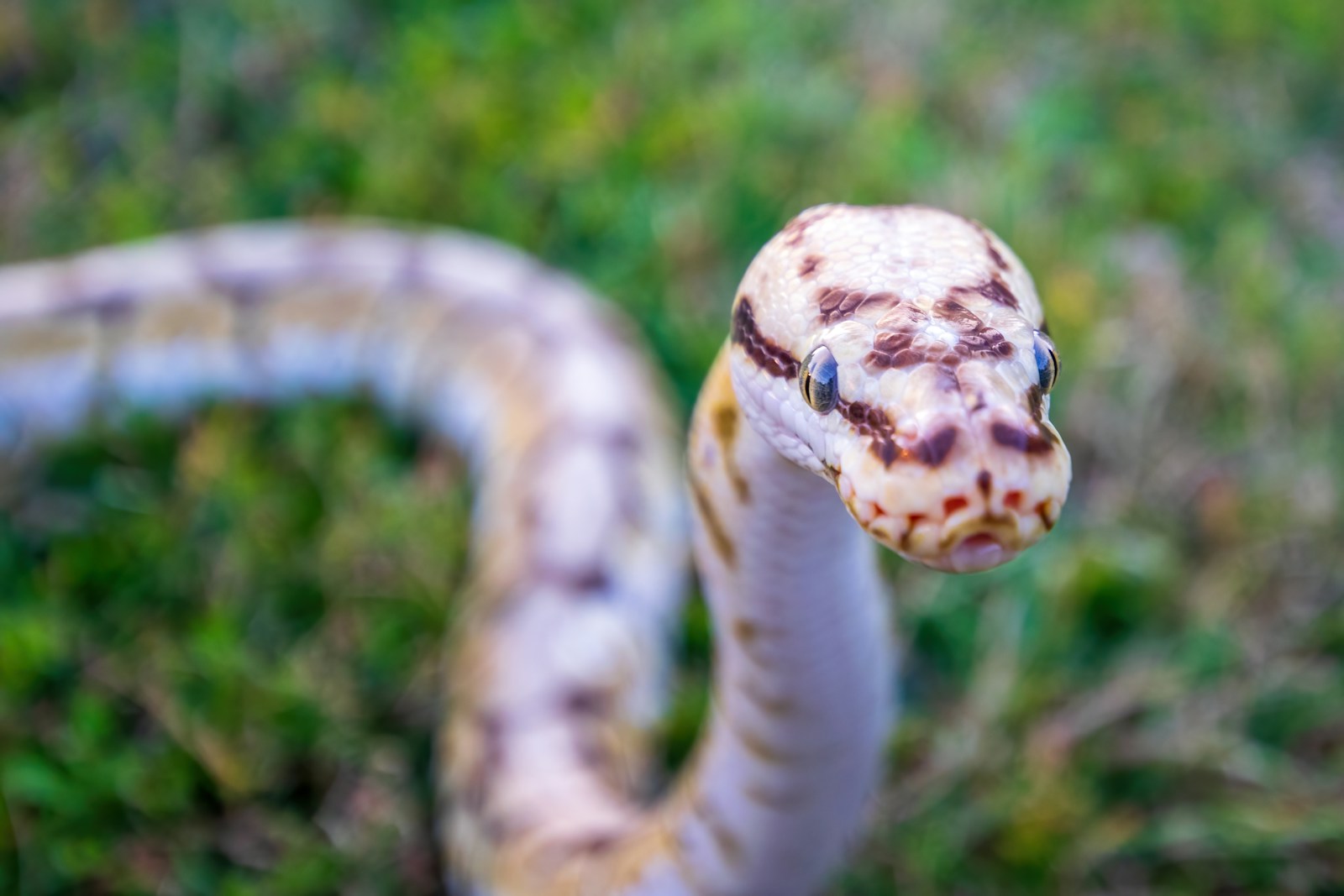
Temporal specialization offers snakes significant competitive advantages through resource partitioning. Within a single ecosystem, diurnal and nocturnal snake species can coexist while targeting similar prey because they’re active at different times, reducing direct competition. This temporal niche differentiation is evident in tropical environments where snake diversity is highest—studies in rainforest habitats have documented how species with similar diets and habitat preferences avoid competition by hunting at different hours. The western diamondback rattlesnake and the desert nightsnake, for instance, may occupy similar territory in the American Southwest but rarely compete directly due to their offset activity patterns. This temporal separation allows ecosystems to support higher snake diversity than would otherwise be possible if all species were active simultaneously, demonstrating how time itself becomes a critical dimension of a snake’s ecological niche.
Hybrid Hunting Strategies and Flexibility

Many snake species defy strict categorization as purely diurnal or nocturnal, instead demonstrating remarkable behavioral flexibility. Crepuscular hunters like the copperhead (Agkistrodon contortrix) concentrate their activity during dawn and dusk, taking advantage of both low light conditions and moderate temperatures. Some species like the common kingsnake (Lampropeltis getula) may shift between diurnal and nocturnal hunting based on seasonal changes, becoming more active at night during summer months and during daylight in cooler seasons. Certain water snakes show opportunistic patterns, hunting whenever their aquatic prey is most active, regardless of time. Perhaps most impressive are the facultative shifters—snakes like the eastern indigo snake that can substantially alter their activity patterns in response to immediate environmental conditions, prey movements, or predation threats, showcasing the remarkable behavioral plasticity that has contributed to the evolutionary success of snakes.
Venomous Species and Hunting Timeframes
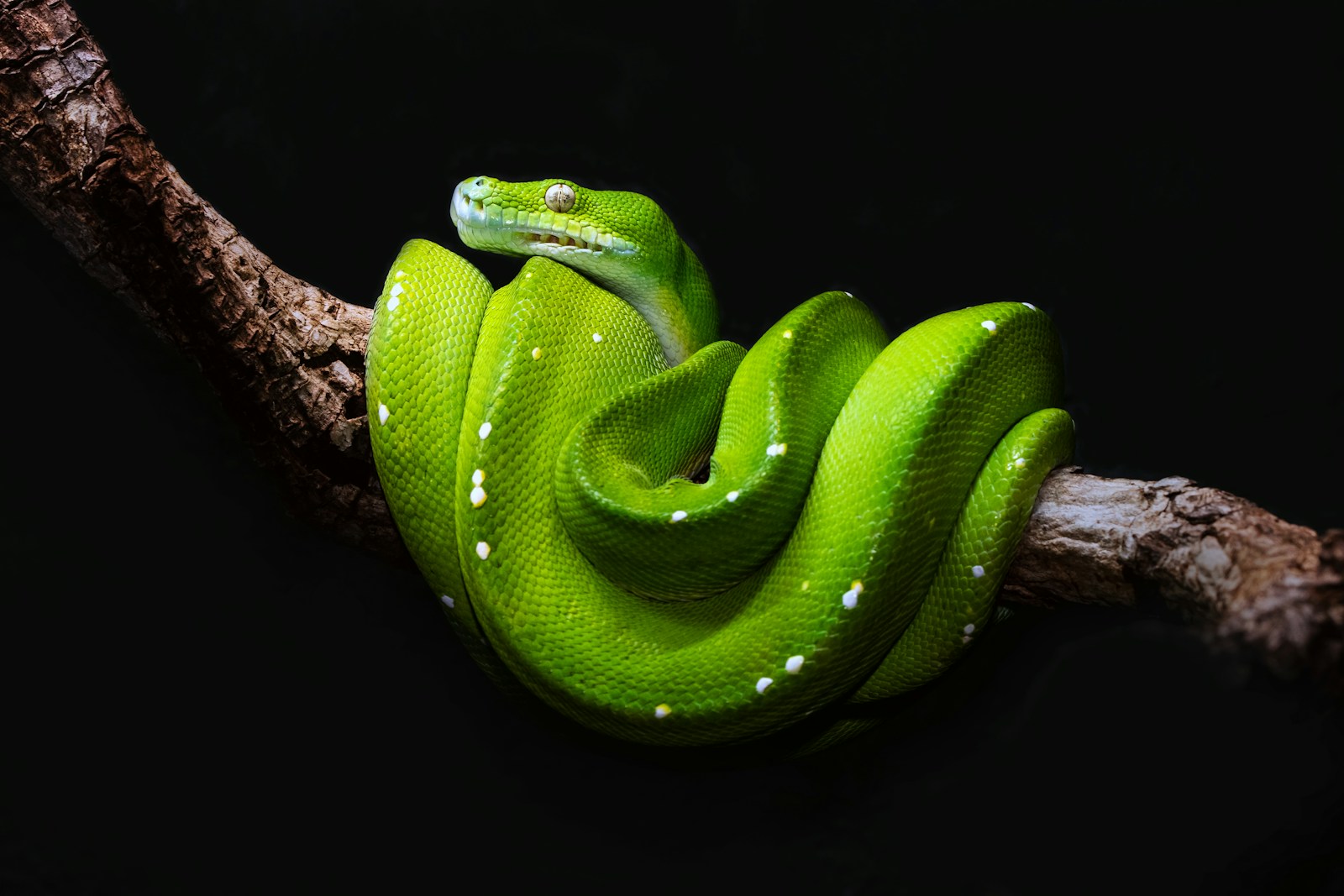
A fascinating pattern emerges when examining the activity cycles of venomous snakes worldwide. Many pit vipers, including rattlesnakes, copperheads, and bushmasters, are primarily nocturnal or crepuscular, using their heat-sensing pit organs to locate prey in darkness—a strategy that complements their ambush hunting techniques. This contrasts with many elapids (cobras, mambas, coral snakes), which tend toward diurnal hunting, relying more on vision and active pursuit. These differences reflect not just evolutionary history but also venom dynamics—some venoms may be more effective for the ambush strategy common among nocturnal vipers, while others support the active pursuit hunting employed by many diurnal species. However, exceptions abound, such as the primarily nocturnal black mamba or the sometimes diurnal timber rattlesnake, indicating that venom systems and activity cycles have evolved in complex ways that defy simple categorization.
Geographic and Habitat Influences on Activity Patterns
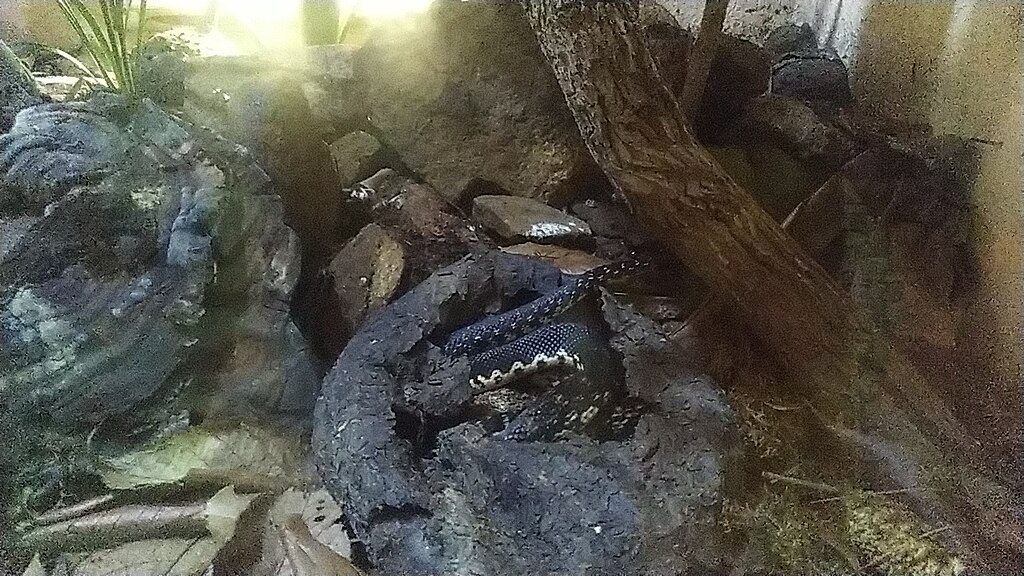
A snake’s geographic location and specific habitat strongly influence when it hunts. Desert-dwelling species like the sidewinder rattlesnake (Crotalus cerastes) have evolved strictly nocturnal habits to escape potentially fatal daytime heat, emerging only after the scorching sands have cooled. In contrast, snakes in temperate regions often exhibit more diurnal behavior to capitalize on warmer daylight hours essential for their metabolic processes. Tropical forest species typically show highly specialized temporal niches—some hunting in the canopy during daylight, others on the forest floor at night—maximizing the use of different habitat zones at different times. Fascinating adaptations appear in extreme environments, such as the primarily nocturnal behavior of island-dwelling tiger snakes (Notechis scutatus) on windswept southern Australian islands, where nighttime hunting reduces exposure to harsh elements. These patterns demonstrate how closely snake activity cycles are tied to the specific challenges and opportunities presented by their local environments.
Human Impact on Snake Activity Patterns

Human activity increasingly influences when and how snakes hunt, often with significant conservation implications. Studies have shown that snakes in areas with high human presence frequently shift toward more nocturnal behavior, regardless of their evolutionary preferences, to minimize dangerous human encounters. Road development has particularly affected snake behavior—many species that would naturally be diurnal now restrict their road crossings to nighttime when traffic is reduced, creating selection pressure for behavioral changes. Climate change presents another human-driven challenge, as warming temperatures push traditionally diurnal species toward crepuscular or nocturnal activity to avoid heat stress, potentially disrupting established predator-prey relationships. Light pollution poses a specific threat to nocturnal hunters, potentially exposing them to increased predation or interfering with their ability to effectively locate prey. These anthropogenic influences demonstrate the behavioral plasticity of snakes but also highlight concerns about whether all species can adapt quickly enough to survive in increasingly human-modified landscapes.
The Energy Economics of Day vs. Night Hunting
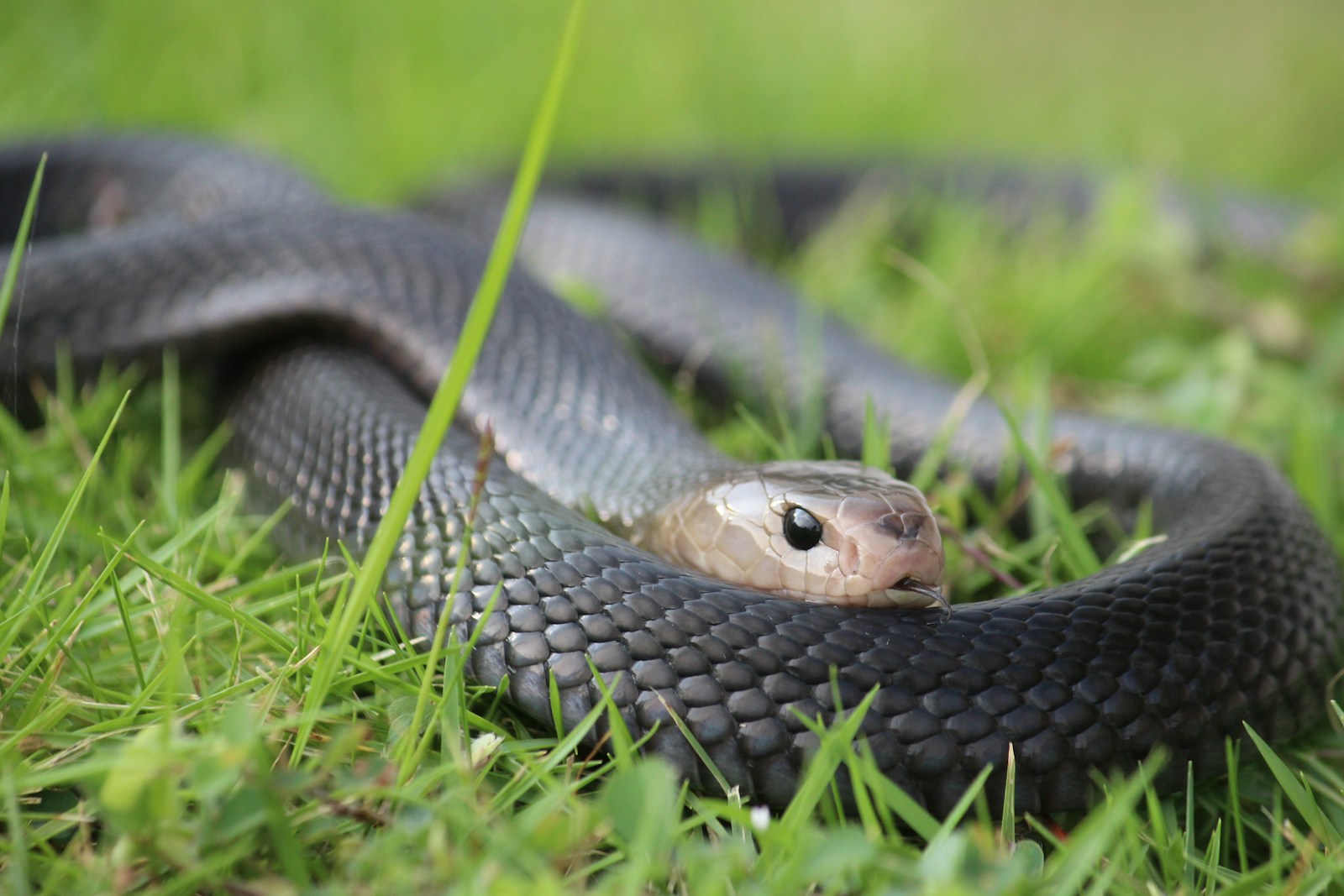
The metabolic costs and benefits of hunting at different times represent a critical but often overlooked aspect of snake activity patterns. Diurnal hunting generally requires less energy expenditure for movement and digestion because snakes can utilize ambient heat from sunlight rather than burning calories to maintain optimal body temperature. However, this energy advantage comes with trade-offs—daytime hunters typically need to invest more in vigilance against predators and may experience higher water loss rates in hot environments. Nocturnal specialists face different economic challenges, often needing to devote more resources to specialized sensory systems like heat-sensing pits or enhanced chemical detection. Some nocturnal ambush predators like the Gaboon viper (Bitis gabonica) have evolved extremely slow metabolisms that allow them to wait motionless for extended periods, sometimes weeks, before a suitable prey animal wanders within striking range. These different energy strategies highlight how temporal specialization extends far beyond simple activity timing to influence fundamental aspects of a snake’s physiology and hunting approach.
The division between day-hunting and night-hunting snakes represents one of nature’s most fascinating examples of how animals partition resources to coexist. These temporal specializations are not simply preferences but deep evolutionary adaptations that touch every aspect of a snake’s biology—from their sensory systems and physiology to their predator-prey relationships and reproductive strategies. As environmental conditions rapidly change due to human activity and climate shifts, the flexibility of these hunting patterns may prove crucial for snake survival. Understanding these temporal adaptations provides not just valuable insights into snake ecology but also broader lessons about the intricate mechanisms that maintain biodiversity and ecosystem balance. In the ever-turning cycle of day and night, snakes have found countless ways to thrive, demonstrating the remarkable evolutionary innovation that has made them successful predators for over 100 million years.

